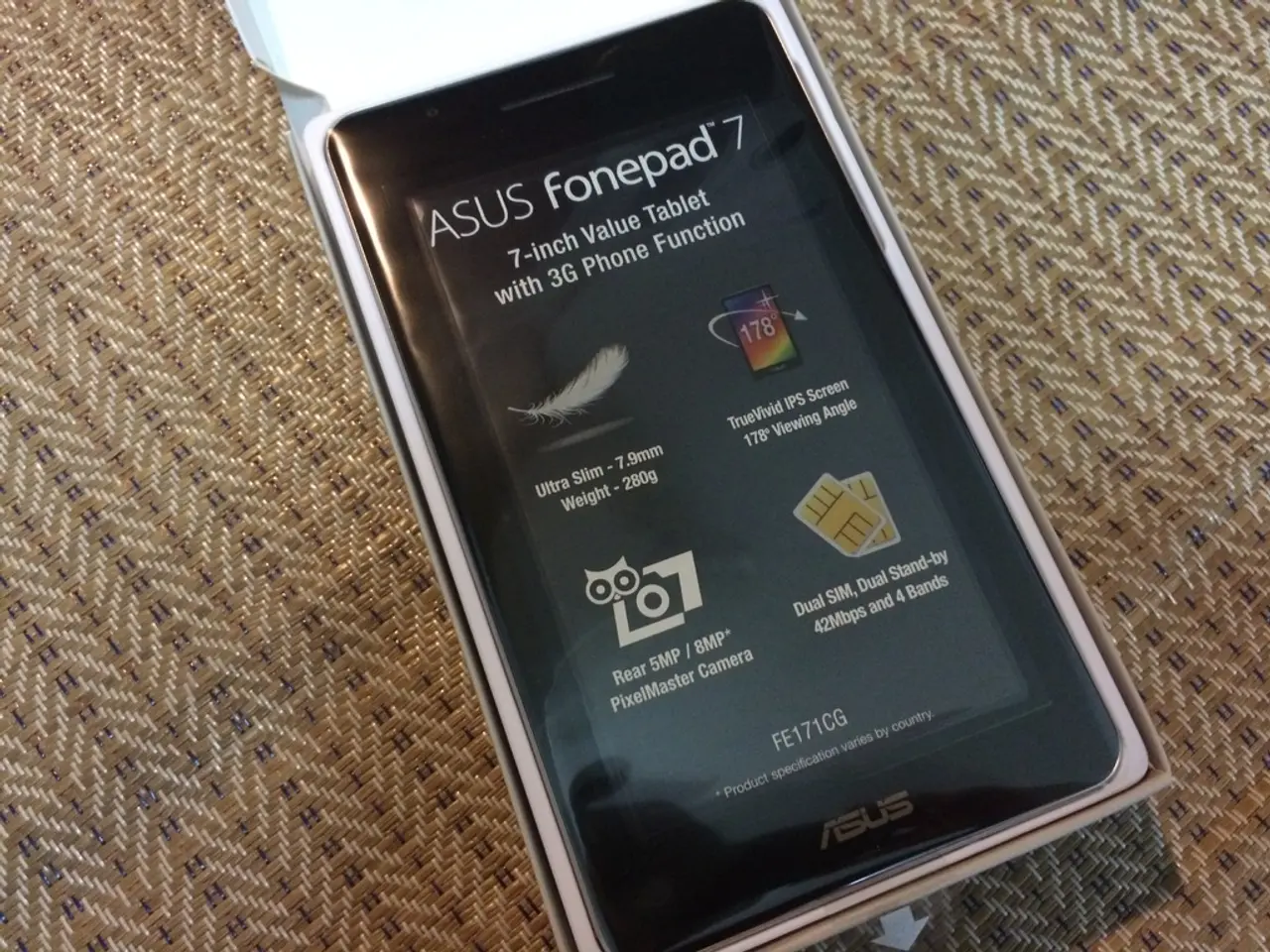European Union Mandates Energy Label for Smartphones and Tablets
Mandatory Energy Labeling for Smartphones and Tablets in the EU Soon Implemented - Mandatory Energy Labeling for Smartphones and Tablets in EU Imminent
Starting from June 2025, smartphones and tablets sold in the EU will bear a brand-new energy label. This move from the European Commission aims to empower consumers to make more educated, environmentally-friendly purchasing decisions. The label provides insight into a device's energy efficiency, battery life, and durability, while also showcasing information about its resistance to dust, water, and drops [3][4].
Excited about this change, the European Commission stated, "The energy label will enable EU consumers to compare smartphones and tablets more readily, fostering more sustainable consumption" [1]. Alongside this label, manufacturers will also need to comply with new eco-design standards.
According to the commission, the eco-design guidelines for smartphones and tablets will emphasize resilience, long-lasting batteries, and offer prolonged software updates, and swift access to essential spare parts [1]. This regulatory overhaul is aimed at conserving energy and diminishing carbon emissions.
Key Metrics for the Energy Label
Per EU Regulation 2023/1669, smartphones being sold in the EU will feature a label showcasing six significant measures addressing energy usage, durability, and repairability [3][4]:
- Energy Efficiency: Clear details about the device's energy consumption, allowing consumers to select more energy-efficient models.
- Battery Lifespan: Data on the expected battery cycle life, emphasizing the importance of longevity and reduced replacement frequency.
- Dust and Water Protection: An IP rating to signify the device's level of resistance to dust ingress and water exposure.
- Drop Resistance: Information on the smartphone's ability to withstand accidental drops, reflecting the device's build robustness.
- Repairability Score: A quantified rating determining how simple it is to fix the device, including factors like spare parts availability and repair manuals.
- Software Support Duration: Requirements to ensure extended software update periods for enhanced device longevity [3][4].
Eco-design and Sustainability Measures
In addition to the label, mandatory eco-design regulations will impose stringent criteria for manufacturers to improve sustainability [2][4][5]:
- Long-lasting Batteries: Batteries must comply with specific longevity standards, improving overall device lifespan.
- Extended Software Support: Obligatory minimum duration for software updates to maintain functionality and security over time.
- Spare Part Availability: Manufacturers must provide spare parts for a specified period to facilitate repairs.
- Easy Repair Design: Devices must be designed to make repairs more accessible for both consumers and professional repair shops, enabling extended product life.
- Increased Average Lifetime: The regulations aim to increase the average lifetime of mid-range smartphones from around 3.0 years to approximately 4.1 years, thereby reducing annual replacement rates [2][5].
Expansion and Exemptions
These regulations apply to smartphones, feature phones, cordless phones, and slate tablets with screens ranging from 4 to 7 inches for smartphones and 7 to 17.4 inches for slate tablets [2]. However, they do not extend to tablet computers that come with detachable keyboards, flexible main displays (roll-up), or mobile devices designed specifically for high-security communication [2].
Environmental and Consumer Impact
These new measures are designed to foster sustainable consumption, reduce e-waste, and offer consumers comprehensive information on a product's durability and energy use, encouraging the adoption of more long-lasting, repairable devices [5]. This regulatory intervention signifies a significant leap towards improving transparency and sustainability in smartphone manufacturing and retail within the EU market.
- The European Commission's mandate for energy labels on smartphones and tablets may also prompt vocational training programs within the community, focusing on repair and maintenance of these devices, aligning with the eco-design regulations that emphasize accessibility of spare parts and easy repair designs.
- In line with the EU's push for extended software update periods and more energy-efficient devices, community policy discussions may revolve around the recycling and disposal of older smartphones and gadgets, promoting circular economy principles and fostering sustainable consumption habits.




